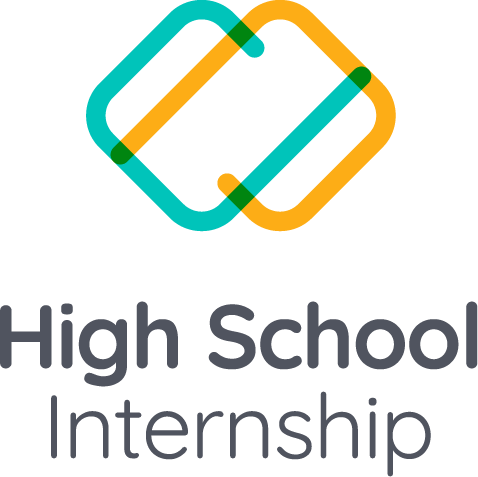The interest in educational makerspaces has seen an explosive growth over the past few years; you can now find them all over the world: in schools, museums, libraries and even in local garages. As a makerspace educator I can testify that these unique spaces provide transformational opportunities for students to get hands-on with learning while picking up new skills. If you are thinking of starting one, or already have one, I have some great advice from my experience. Here are the top five lessons I’ve learned from my experience in designing, maintaining and teaching in makerspaces.
-
Define Your Purpose
When I work with schools that want to start a new makerspace, we start with a school team to help them define a vision and purpose of the makerspace. Some schools want a fully integrated curriculum-driven space, some want an afterschool space, and others just want to focus on robotics. Once you define the purpose of the space, you can start to think about the tools, materials and physical layout of the space. There is no right or wrong way, you just have to design for what is best for your school. If you don’t know where to start, then I would suggest to visit a few makerspaces and look at different spaces. You can even visit professional makerspaces and hackerspaces. Here is another article that I wrote about defining the purpose of your makerspace.
-
Tools not Toys
Once you define the purpose of your space, you will need to think about what tools will be needed. I have found that a wide variety of hand tools and basic tools are more essential than big expensive equipment like laser cutters and 3D printers. In order to facilitate a safe space with your chosen tools, it is vitally important to stress a safety protocol with tool usage that includes safety demonstrations and tool practice time. In my space, we allowed grade 1-4 students to start using full size hand saws, cordless drills and hammers after tool training and safety demonstrations. Our motto was always to treat materials and equipment like tools, not toys to create a safe space for all.
-
Accessibility
The school that I worked with in Hong Kong was an inclusive school that hosted learners with a wide range of skills, ability and height. Make sure to think about accessibility for all of your students as you design your space, keeping in mind things like table height, loud tools in one area and ease of movement around the space. Also, make sure to have a range of different sized protective gear like goggles, gloves and aprons.
-
Sustainability
A makerspace will need many different types of raw materials to work with, from wood, pvc, cardboard, plastic, sheet metal, styrofoam and others. Try to find a local vendor who can supply your material needs that can hopefully provide bulk orders and delivery to your campus as a bonus. The cost of restocking materials can start to add up quickly, so I recommend that you re-use as much as you can. When we would design something like a large wooden scale model, I would always ask the students to design it in a way that we can repurpose, use forever or disassemble and use the parts for another project.
-
Purposeful Play
The Lego Foundation has been publishing research on constructionism-based play-pedagogy for years and I find it to be absolutely essential reading material for any makerspace teacher. I think that a makerspace can be a valuable space to bring learning to life that is curriculum driven, and at the same time fosters exploration, creativity and fun in learning, as long as they are safe with the tools. This goes for the adults and teachers who are in the space as well, sometimes you’ll just want to play!
No matter what kind of makerspace you have or what kind of tools and materials you have, these lessons learned are sure to spark a conversation with your team. If you have any tips or lessons learned, we would love to hear those too!
Bonus:
Here are 2 invaluable resources that I highly recommend for any makerspace:
Fab Foundation Lesson Plans, classroom-ready lessons designed by makerspace teachers all over the world
Meaningful Making Books -free pdf download that includes lessons designed by k-12 FabLearn Fellows

